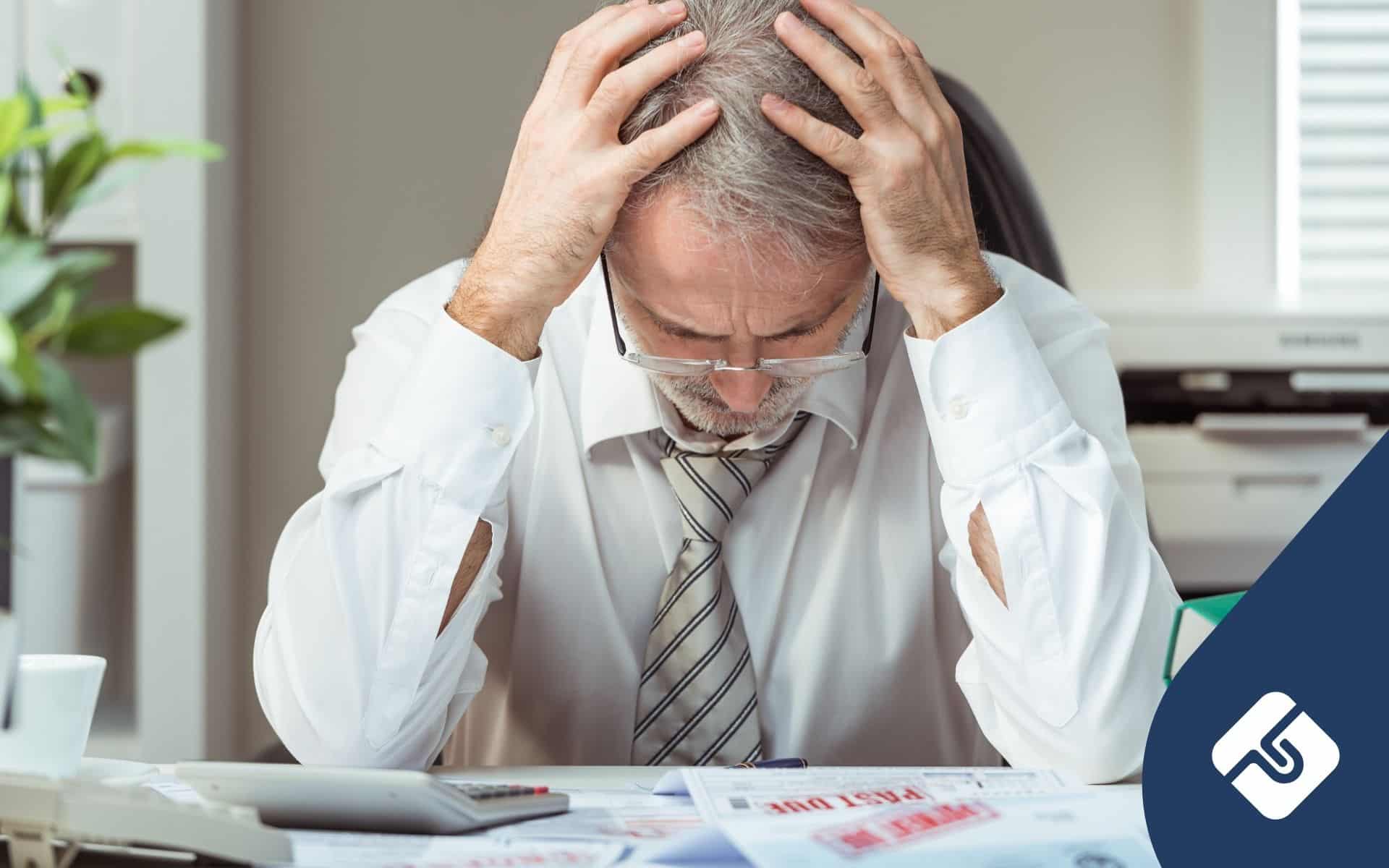Adam is a legal intern at Lawpath. He is currently completing his double degree in Law and Commerce at Macquarie University. With interests in contracts and accounting, he is looking to complete further study and gain experience in the area of commercial law
💡 Key insights
- Insolvency describes a financial condition in which a person or business cannot pay debts when they are due or their liabilities exceed their assets.
- Bankruptcy is a formal legal process for individuals that may follow insolvency when debts become unmanageable.
- A company can be insolvent without immediately becoming bankrupt; insolvency may lead to liquidation or restructuring but does not automatically trigger a court process.
- Insolvency may be temporary and reversible through negotiation or financial restructuring; bankruptcy involves legal formalities and can carry long-term consequences including loss of assets or credit impact.
When a company or individual faces financial trouble, the prospects of insolvency and bankruptcy may come to mind. However, their applications and the ramifications of being in debt are different. This article will explain what insolvency and bankruptcy are, who they affect, and also point out the key differences between them.
Insolvency
Insolvency is the inability to pay debts when they fall due for payment. It is a form or period of financial distress. There are two forms of company insolvency:
- Cash-Flow Insolvency
- Balance-Sheet Insolvency
Cash-Flow Insolvency is when a person or company has the assets to pay what is owed, but is unable to pay it in the appropriate form eg. Cash. To put this in perspective, a company may own property and equipment, but not enough liquid assets to pay a debt when its due.
Balance-sheet Insolvency occurs when a person or company’s total debts or liabilities outweigh their total assets, even though it might still be able to its next debts when they are due.
There are there corporate insolvency procedures available. Administration, liquidation and receivership. When a person faces insolvency, bankruptcy and personal insolvency agreements are the relevant procedures that apply.
Voluntary Administration
Where a company is financially troubled or there is a secured creditor with a charge over most of the company’s assets, an external administrator will be appointed. The administrator is appointed to investigate the affairs of the company, and report to creditors.
Administrators will provide recommendations. Whether the company enters a deed of company arrangement, enters liquidation or will be returned to the directors. Voluntary administration is designed to resolve a company’s future direction quickly.
Liquidation
During liquidation the company is bringing its processes to an end. The remaining assets and property of the business are sold or redistributed to pay creditors or shareholders.
Liquidators will be appointed, their primary role is to apply the assets and property of the company and pay the company’s creditors. Furthermore, remaining surplus will be redistributed among the company’s members.
Receivership
The appointment of a receiver places a company in receivership. A secured creditor who holds security or a charge over some or all of the company’s assets will appoint a receiver. Receiver’s to collect and sell enough of the company’s charged assets to repay the debt owed to the secured creditor.

Get a fixed-fee quote from Australia's largest lawyer marketplace.
Bankruptcy
Bankruptcy is a legal process you can apply for if you are unable to pay your outstanding debts to creditors. It can release you from some of your debts and cease contact with debt collectors. Despite absolving you from a number of debts bankruptcy can have significant long-term impacts on your financial future.
Bankruptcy is a similar legal process to insolvency, the key difference is that it applies only to individuals. When operating your business as a sole trader or partnership, you or your partners would become bankrupt as individuals. The business itself doesn’t become bankrupt.
It arises in two ways:
- You volunteer to become bankrupt
- Creditors you owe can apply to make you bankrupt
Bankruptcy may seem like an easy escape in dire scenarios, but there are serious consequences. In future, bankruptcy affects your:
- Income, business and employment opportunities
- Ability to obtain credit
- Ability to travel overseas
- Your assets
- Restriction on certain public positions and to be director of a company
- Ability to start or continue in certain trades and profession
If you face unmanageable debt, you should seriously consider your options before declaring bankruptcy. Some options include:
- Declaration of intention
- Debt Agreement
- Personal Insolvency Agreement
Declarations of intention protect you for an additional 21 days from creditors. They will not be able to take further action for recovery during this time
Debt agreements are flexible arrangements that detail how you will settle your debts. Such arrangements include; lump sum payment at less than you owe, or the repayment of debts in installments.
Personal Insolvency agreements are similar to debt agreements, but more suited to your current financial situation. Unlike a debt agreement, your debt, income and assets don’t have to be under a certain limit for this arrangement.
Don't know where to start?
Contact us on 1800 529 728 to learn more about customising legal documents, obtaining a fixed-fee quote from our network of 600+ expert lawyers or to get answers to your legal questions.






